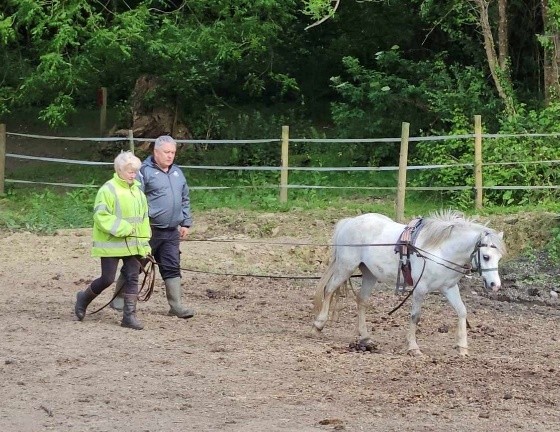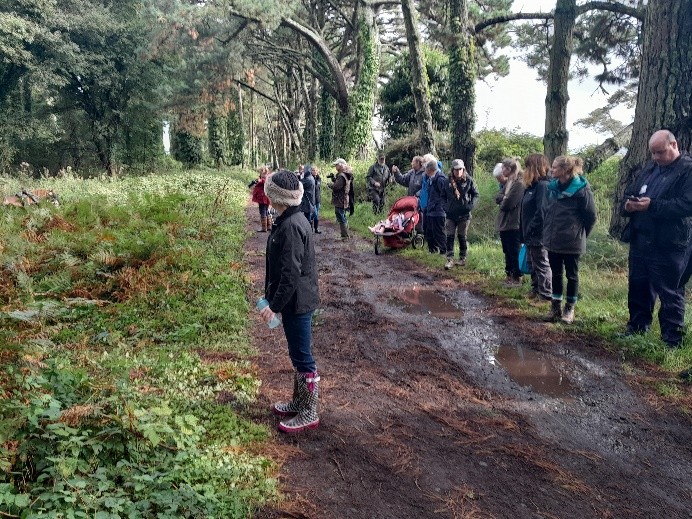Pony Power Programme: Harnessing Native Pony Power for Local Land Management
Working in partnership with Coventry University’s Centre for Agroecology and the Welsh Mountain Pony Society, Groundwork delivered a demonstrator project to showcase the potential use of the Welsh Mountain Pony in sustainable land management.
The hill bred Welsh Mountain Pony is a local and hardy breed that has graced our landscape for centuries. However, from a population of 10,000 ponies a hundred years ago, there has been a dramatic decline with the current population numbering just 400. Their demise has had a negative environmental and agricultural consequences for local landscapes and communities.

The decline of Welsh mountain ponies has contributed to increased hillside scrub growth, increasing fire risk and grazing loss. These ponies manage scrub by grazing but can also provide power for sustainable technologies such as bracken bashers.
The programme has demonstrated the use of Welsh mountain ponies for low impact land management technologies. Native Welsh ponies are physiologically and behaviourally adapted such that they are more able to contend with scrub than other grazing animals, and are also able to pull equipment so that they can help us complete environmental and agricultural work, providing a low impact, carbon neutral service for key landscape management issues. These include bracken bashing, log hauling, hauling tack, square and round bales, chain harrowing, double-knifed mowing etc and will be of use to both wildlife reserve managers and farmers.
We are really interested in this technology. There is so much land management to be done and we don’t have the manpower to do it. It would be great to use these ponies, not just as conservation grazers but also to help us pull equipment.
Ecologist, National Trust
With a grant from WCVA’s Landfill Disposals Tax Communities fund, the Pony Power Project trained five ponies and volunteer handlers to clear bush using bracken bashers. Two demonstration events were also held in September & October 2024, in two t locations with different environments to show the impact the ponies can make.
The first event took place at Whiteford Burrows, Gower, a coastal nature reserve with dune and pine plantation and the second event took place at Keeper’s Pond, Blaenavon, an upland common on the edge of Bannau Brycheiniog National Park.

My son & I enjoyed the demonstration of pony power at Cwm Ivy very much. I hope you will carry on with your pony power research and wish you good luck with future grants.
Dr Jeremy L John FLS

The demonstration days were very well attended with over 50 attendees in total, and proved so popular that we received requests for more demos. Organisations attending included RSPB, National Trust, Bannau Brycheiniog National Park, South & West Wales Fire Service, Welsh Wildlife Trusts, Soil Association, Local Authorities ecologists and land owners from across Wales.
The project was originally a proof-of-concept approach to enable organisations and wildlife managers to have evidenced to them the value in utilising the skills of the ponies to undertake a variety of pulling tasks in managing reserves and heathland. Pony Power proved this and much more. We plan to take this project further in the future, raising the profile of the hill ponies so that they become recognised as needing protection due to their reduced numbers, but also to showcase their value and ability to manage the environment they were born on.



